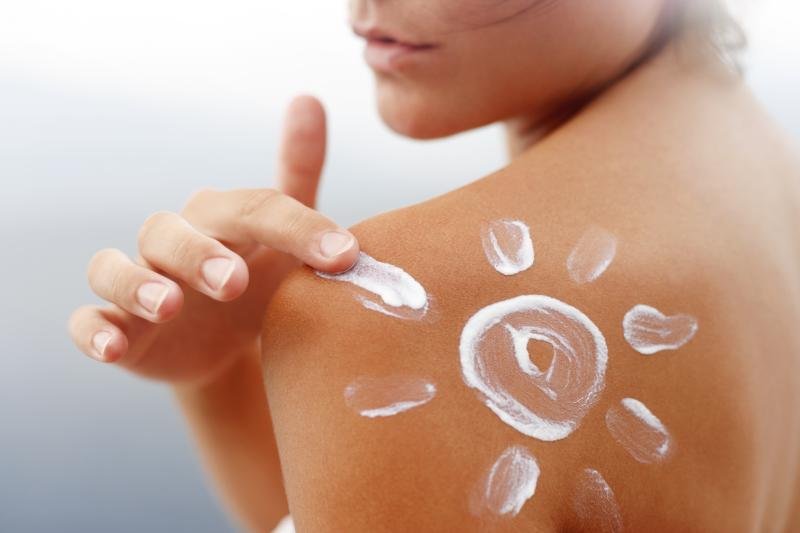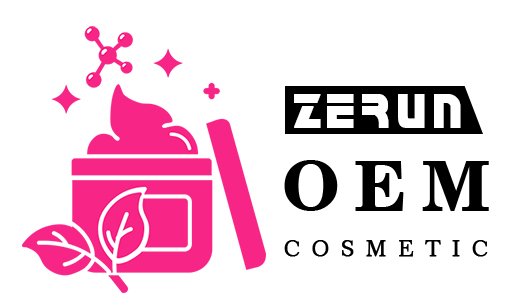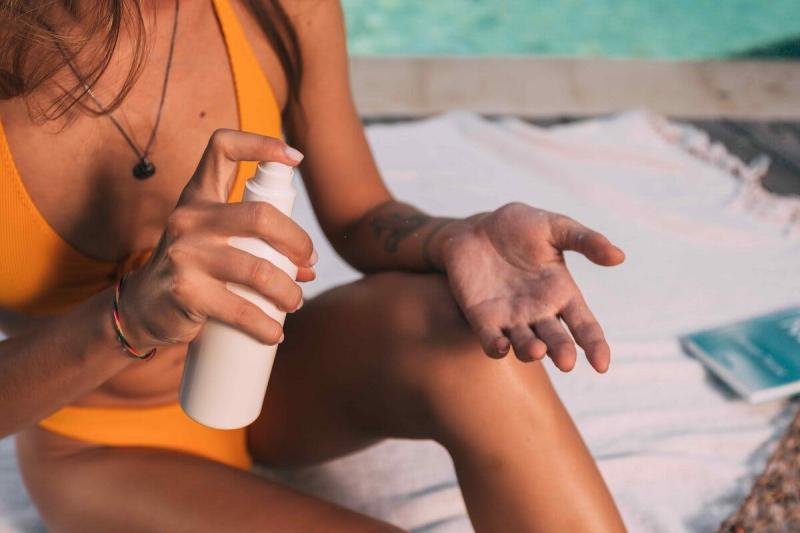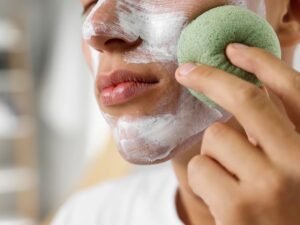Sunscreen isn’t just a summertime afterthought—it’s your #1 defense against premature aging, sunburn, and skin cancer. Unlike chemical formulas that absorb UV light, physical sunscreens sit atop your skin and bounce harmful rays away.
Physical sunscreens contain mineral particles—usually zinc oxide or titanium dioxide—that form an invisible shield on your skin surface, reflecting UV rays before they can cause damage. Ready to learn what makes these mineral marvels tick, whether they’re right for your skin type, and how to get the best results every time you step outside? Let’s dive in!
What Are Physical Sunscreens?

Physical sunscreens—also called mineral sunscreens—use tiny mineral particles to form a protective barrier on your skin that reflects and scatters ultraviolet (UV) rays before they can penetrate. The two star ingredients are:
- Zinc Oxide: Blocks about 99% of UVB and up to 97% of UVA rays when used at ~20% concentration.
- Titanium Dioxide: Blocks about 90% of UVB and roughly 60% of UVA rays at ~10% concentration.
Unlike chemical sunscreens, which absorb UV light and convert it to heat, physical sunscreens act like microscopic mirrors. They sit on top of your skin, bouncing UV radiation away. This mechanism provides broad-spectrum protection without relying on organic filters.
| Feature | Physical Sunscreen |
|---|---|
| Active Ingredients | Zinc oxide, titanium dioxide |
| Protection Mechanism | Reflects & scatters UV rays |
| Onset of Action | Instant (no 20-minute wait) |
| Broad-Spectrum | By default blocks both UVA & UVB |
| Typical Concentrations | Zinc oxide 5–25%; TiO₂ 3–15% |
| Finish | Matte to slightly white (micronized versions sheer) |
| Suitability | Sensitive, acne-prone, and post-procedure skin |
| Environmental Impact | Generally reef-safe; free of oxybenzone/octinoxate |
Key Points to Know
- Instant Protection: You can step into the sun right after applying—no 20-minute wait needed.
- Gentle on Skin: Minerals are less likely to irritate sensitive, reactive, or acne-prone skin.
- Stable Under Sunlight: Zinc oxide and titanium dioxide don’t break down as quickly as some chemical filters, maintaining their SPF longer.
- Reef-Safe: Most mineral sunscreens avoid ingredients banned by marine-protected areas, making them a friend to coral reefs.
By understanding these core features, you’ll see why physical sunscreens are a go-to choice for many who want effective, immediate, and gentle sun protection.
Which Minerals Are Used as Active Ingredients in Physical Sunscreens?
The dynamic duo behind mineral protection: zinc oxide and titanium dioxide. Each has its own UV-blocking strengths and texture quirks.
Zinc Oxide
- Blocks 99% UVB and 97% UVA at 20% concentration.
- Pros: Broadest coverage, gentle on sensitive skin.
- Cons: Can leave a white cast if not micronized.
Titanium Dioxide
- Blocks 90% UVB and 60% UVA at 10% concentration.
- Pros: Lightweight feel, good for tinted formulas.
- Cons: Less UVA protection, often paired with zinc.
Particle Size: Nano vs. Non-Nano
- Nano particles (<100 nm) feel sheer but spark debates over inhalation safety in sprays.
- Non-nano (>100 nm) are safer in powders and sticks but more visible.
| Mineral | UVB Coverage | UVA Coverage | Typical % Range | Finish | Notes |
|---|---|---|---|---|---|
| Zinc Oxide | 99% | 97% | 5–25% | Matte to slightly white | Broadest spectrum; best for sensitive skin |
| Titanium Dioxide | 90% | 60% | 3–15% | Sheer to lightly tinted | Often blended with zinc for full UVA |
How to Know If Sunscreen Is Physical or Chemical?

Not sure what’s in your SPF? A quick peek at the ingredient list and texture cues can tell you if it’s a mineral (physical) or organic (chemical) sunscreen—no chemistry degree required.
Check the Ingredient List
- Physical (Mineral) Filters Look for “zinc oxide” and/or “titanium dioxide” among the first three ingredients.
- Chemical (Organic) Filters Spot names like “avobenzone,” “octinoxate,” “homosalate,” “homosalate,” “octocrylene,” or “oxybenzone.”
- Ordering by Concentration INCI rules: ingredients are listed from highest to lowest concentration. If minerals show up first, it’s primarily physical.
Use Texture & Finish as Clues
- Physical: Feels a bit creamy or pasty on first dab; may leave a faint white or tinted cast until blended.
- Chemical: Often thinner, almost water-like or gel; vanishes into skin with zero hint of residue.
Perform a Simple At-Home Test
- Apply a small dot on the back of your hand: Mineral formulas stay slightly opaque or matte. Chemical ones disappear completely.
Watch for “Hybrid” Formulas
Some SPFs blend minerals and chemicals to balance instant protection with a lighter feel. Check for both types of filters on the label and decide if you’re comfortable with that mix.
Compare Key Properties in a Table
| Filter Type | Common Ingredients | Onset of Protection | Typical Feel |
|---|---|---|---|
| Physical | Zinc Oxide, Titanium Dioxide | Immediate | Thicker, matte or slightly white |
| Chemical | Avobenzone, Octinoxate, Homosalate, Octocrylene | ~20 minutes after application | Lightweight, invisible |
Regulatory & Environmental Notes
- Reef Safety: Physical sunscreens are generally reef-friendly; many chemical filters (e.g., oxybenzone) face bans in marine parks.
- Sensitive Skin: Minerals are less likely to irritate, making them ideal if you’ve ever felt the sting of chemical SPFs.
By pairing a quick ingredient check with a texture test—and keeping an eye out for hybrids—you’ll instantly know which sunscreen you’ve got in your hands and how best to use it for your skin and the planet.
Which Is Better: Chemical or Physical Sunscreen?
Neither “wins” universally—it all boils down to your skin type, daily routine, and environmental values.
Skin Sensitivity
- Physical: Ideal if you have eczema, rosacea, or super-sensitive skin—irritation risk <1%.
- Chemical: Sometimes stings around eyes or broken skin; consider fragrance-free versions.
Aesthetic Preferences
- Chemical: Absorbs in ~20 minutes, leaves zero white cast—great under makeup.
- Physical: Instant protection but often needs a minute of blending to disappear.
Environmental Impact
- Physical: Generally reef-safe, zinc oxide is on most approved lists.
- Chemical: Some filters (oxybenzone, octinoxate) are banned in coral ecosystems.
| Feature | Physical Sunscreen | Chemical Sunscreen |
|---|---|---|
| Irritation Risk | Very low (<1%) | Moderate (up to 10%) |
| Wait Time | Immediate protection | 20 minutes before sun |
| Feel on Skin | Thicker, matte or slightly tinted | Lightweight, invisible |
| Eco-Friendliness | High (reef-safe) | Varies—check ingredient bans |
What Are the Main Benefits of Physical Sunscreen?
Physical formulas shine when you need instant, gentle, and eco-friendly protection.
No Wait Time
- Go from mirror to the beach in seconds.
Gentle on Skin
- Zero chemical absorbers—perfect if your skin hates every other SPF you’ve tried.
Stable Under Sunlight
- Zinc oxide doesn’t break down easily—protects steadily for 2–3 hours before reapplication.
Reef-Safe by Default
- No oxybenzone or octinoxate means you’re helping preserve ocean life.
What Is the Disadvantage of Physical Sunscreen?
Sure, minerals have perks—but there are a few trade-offs to keep in mind.
White Cast & Texture
- At 20% zinc, you might see a faint ghostly sheen—tinted options or micronized particles help a ton.
Reapplication Needs
- Minerals can rub off on clothes or towels—plan touch-ups after vigorous activity.
Formulation Balancing Act
- Cranking SPF above 50 often means more pastey feel—consider SPF 30 daily, SPF 50 for extended sun exposure.
Practical Hack
- Use a blending sponge or brush to buff in thicker spots, then set with a light dusting of powder SPF for all-day wear.
How Do You Properly Apply and Reapply Physical Sunscreen?

Getting maximum protection is all about technique and timing.
Amount Matters
- For your face & neck: a nickel-sized dollop (~2 mg/cm²) every morning.
Layering Order
- After moisturizer, before makeup (or mixed into foundation for tinted SPFs).
Application Tips
- Pat in gentle circles, don’t forget under ears and along hairline.
Reapply Like a Pro
- Every 2 hours, or immediately after swimming/sweating. Keep a stick or powder SPF in your bag for quick midday touch-ups.
Real-Life Routine
- Office day: morning application + midday powder.
- Beach day: cream at 8 a.m., touch-ups at 10 a.m., 12 p.m., 2 p.m., 4 p.m.
Conclusion
In a world where every ray counts, choosing the right sunscreen is more than skin-deep—it’s a daily act of self-care and environmental stewardship. Physical sunscreens give you instant, broad-spectrum defense without waiting, irritation, or reef harm. By reflecting UV rays with zinc oxide and titanium dioxide, they turn your skincare routine into a shield of resilience. Ready to make sun protection both effective and eco-friendly? Partner with Zerun Cosmetic Factory to craft your own bespoke mineral SPF formula—and let every application tell your brand’s story of care, quality, and innovation.





